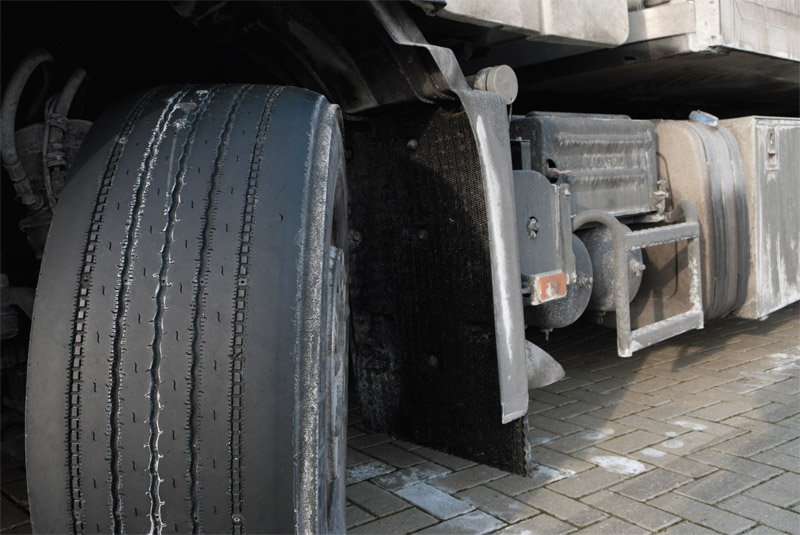
FORS has released a new tyre management guide to advise workshops on how best practice can help monitor tyre wear, increase vehicle safety and reduce a vehicle’s environmental impact.
The FORS tyre management guide is available online, and highlights the positive impact that a robust tyre management policy can have not only on fleet safety, but also on fuel efficiency, whilst helping members manage and improve the environmental impact of each vehicle.
The guide seeks to help HGVs, vans, passenger carrying vehicles and car fleets meet the requirement at FORS Bronze, which stipulates they must have a tyre management policy as well as supporting procedures in place to help ensure that tyres are correctly managed. It includes a range of practical advice to help FORS members build their tyre management policy. Sonia Hayward, FORS Manager, said, “Correctly and accurately managed and maintained tyres make fleets safer, and can lead to reduced emissions and real fuel savings for operators.
“Over-inflated tyres present a safety issue, as tread contact with the road is decreased, which can affect braking distances and overall handling. Conversely, under-inflated tyres contribute towards increases in emissions of carbon dioxide (CO2) and nitrogen oxide (NOx), and for every 10% of decreased tyre pressure, fuel consumption increases by 2%. This guide offers a wealth of information, and with its handy policy and procedures checklists, it will help members meet FORS’ Bronze requirement ‘V7 Tyre management’.”
Along with information on the importance of correct tyre inflation, the guide discusses the impact of wheel security, tyre selection, tyre markings, tyre retreading, and sets out tyre tread depths by vehicle type, noting possible fines incurred if vehicles are found to be using unroadworthy tyres.
List of sanctions for unroadworthy tyres
1. A vehicle will be immediately detained if any of the below occurs:
■ A cut of more than 25mm on any part of the tyre or 10% on the width of the tyre
■ Incorrect air pressures in tyres (depending on load and running speed)
■ Tyres have lumps, bumps, bulges or tears
■ Tyres have any ply or cord showing
2. There will be a delayed detention of a vehicle (where a seven day grace period is granted to rectify the fault) should there be a slash in the tyre, but cord or ply is not showing.








